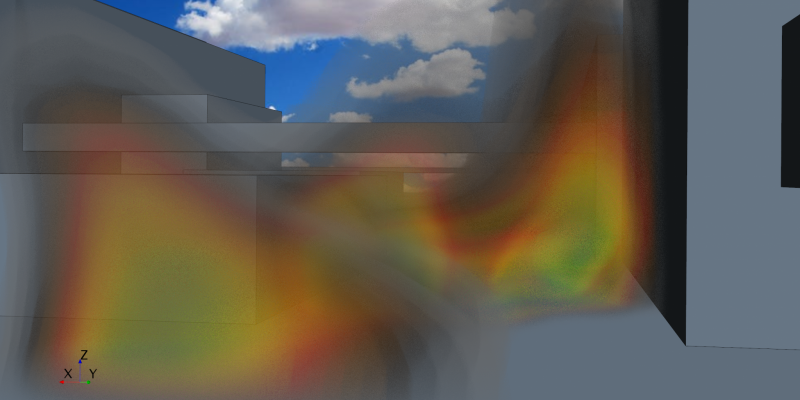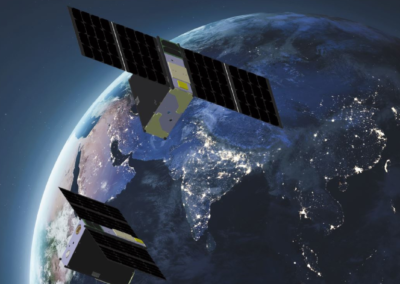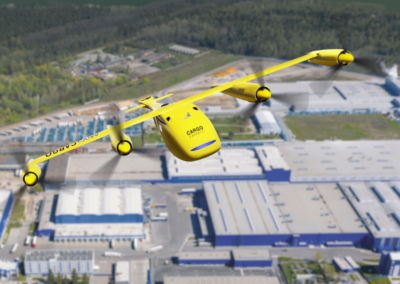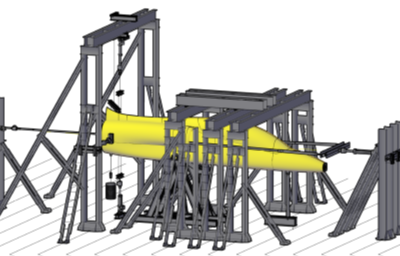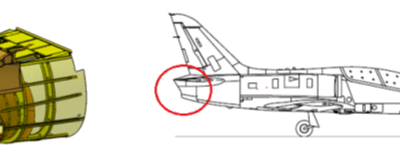Project Title: Simulation of fire and smoke spreading inside cricital infrastructure caused by accident or intentional aircraft attack
Project Description:
The project is aimed at increasing the protection and resistance of buildings and technological equipment of critical infrastructure (CI), especially in the field of power supply, utilization of results can be transferred to other areas of CI. The subject of the project will be the research and development in the field of spread of fire and products of combustion of jet fuel in locations and in buildings of the nuclear installation (NPP). The methodology using numerical simulation of fire spreading and products of combustion will in this case be applied to nuclear power plant with III generation of blocks. Models of fire spreading will be put into practice for the location as a whole, when we will deal with impact of aircraft to open terrain, then several basic scenarios of direct impact of an airliner to the building of the nuclear reactor will be analysed, where the indoor spreading of fire inside the surroundings of the containment will be simulated.
Spread of fire and combustion products will be evaluated in terms of the safety systems required under conditions of nuclear unit accident beyond those set in the project after an intentional attack carried out using an airliner.
- First, the basic parameters of impact will be established in case of an attack on a nuclear device using an airliner of a medium size, following the results of the European stress tests. Basic attack scenarios for selected model equipment will be set. Plane crash between a pair of nuclear reactors and into oil storage tanks. Then a trio of scenarios involving direct impact into the reactor building will be set.
- Methodologies for numerical simulation of spreading of fire and combustion products as for the external environment of the site will be prepared, and in terms of burning the aviation fuel inside the damaged safety significant buildings. The basic functions of safety systems, their deployment in the building and their physical separation will be defined. The basic acceptance criteria and requirements to ensure basic safety functions of the block at and after an event beyond those set in the project will be defined. The methodology will be followed by numerical simulation of fire combustion gases for two scenarios of plane crash to open terrain in the premises. Following these scenarios the influence on block safety functions and the effect on air conditioning systems necessary to ensure safety will be analysed. Possible policy measures will be proposed. Then numerical simulations for three scenarios of the spread of fire and products of combustion after straight plane crash into walls of the reactor building will be prepared. Following these scenarios the influence on safety functions of the nuclear block and the effect on air conditioning systems necessary to ensure safety will be analysed. Possible policy measures will be proposed.
- At the end of the project, a list of suitable mathematical models and analytic functions for simulation of spreading of fire and products from jet fuel combustion in the event of attacks using passenger an aircraft will be made from achieved results. All conclusions will be formulated so as to enable a general application in building industry and for national critical infrastructure. Proposal of methodology for the optimal design of protection against the effects of fire of the aviation fuel.
ID CODE: VI20172020092
Project Period: 1.1.2017 – 30.11.2020
VZLU AEROSPACE Role: coordinator
Project Participants:
- ÚJV Řež, a.s.
Principal Investigator For VZLU AEROSPACE:
- Ing. Petr Vrchota, PhD.,, Aerodynamics

